Is Manufacturing Dead in Rhode Island?
- News & Events
- News
- Is Manufacturing Dead in Rhode Island?
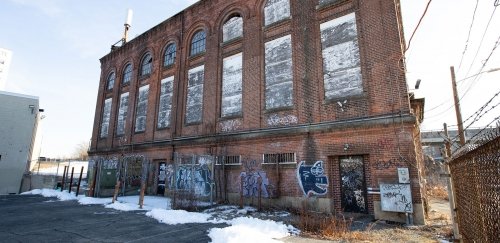
Weybosset Mills Complex, a former industrial site in the Olneyville section of Rhode Island.
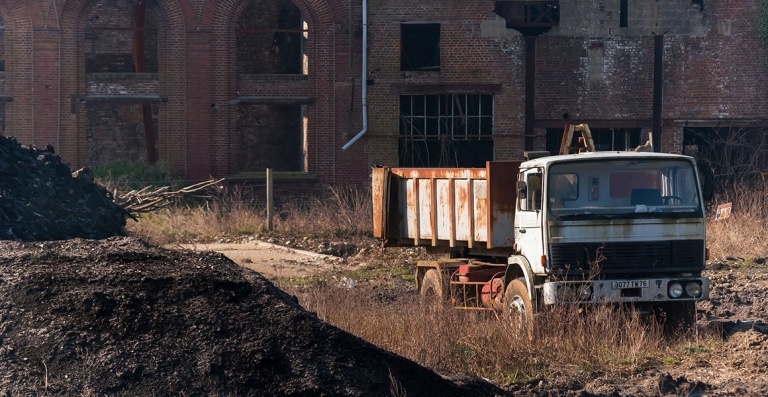
In the last quarter century, Rhode Island has seen the biggest loss in manufacturing jobs than it has in the state’s history. Abandoned factories in economically depressed areas blight the landscapes of Cumberland, Central Falls and Pawtucket, as well as nearby New Bedford, Fall River and Lowell, Massachusetts.
Is manufacturing dead in Rhode Island? Or is that just an urban legend?
According to Jeff Mello, dean of the Rhode Island College School of Business, you can correctly file the death of manufacturing under fiction. The industry is alive and well in Rhode Island.
“Rhode Island was home of the Industrial Revolution,” said Mello. “In the early 20th century, its economy, and that of eastern Massachusetts – Fall River, New Bedford and Lowell – centered on manufacturing rather than farming, and the new immigrants who arrived often went to work in the factories.”
“All four of my grandparents who immigrated from Portugal worked in the textile mills in Fall River,” he said.
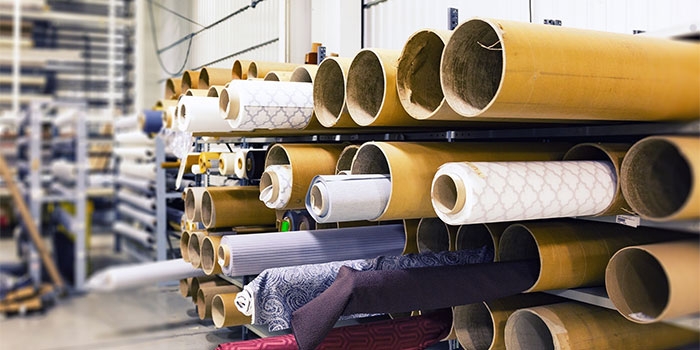
Mello’s parents had only a high school education, but they made a good life for themselves. Today blue-collar workers who toil their whole lives on assembly lines are largely a thing of the past. While the loss of these jobs to foreign workers has played a big part in the decline of manufacturing, the main factor has been automation, Mello said. Robots have supplanted workers.
“Manufacturers are investing in high-end machinery,” he said, “and they’re looking for white-collar employees who can program the machines and repair them if necessary.”
And you don’t need an advanced degree in engineering or computer science to do this kind of work, Mello added. Industry-recognized certification or an associate degree from CCRI or New England Tech is enough to prepare anyone with a high school diploma to begin a career in manufacturing.
Manufacturing also pays better – both in salaries and benefits – than the national average, according to the Rhode Island Manufacturers Association (RIMA). In 2017 the average annual compensation was $72,189.
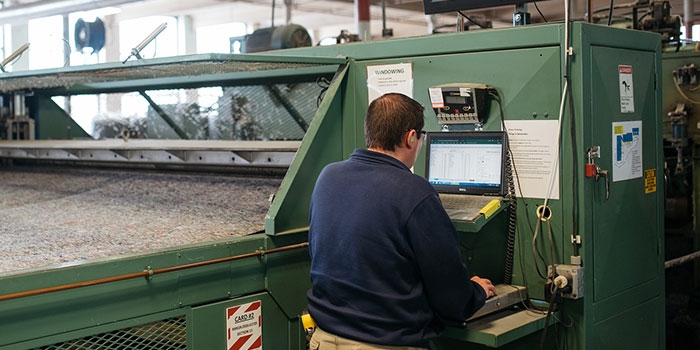
Looking to the future, initiatives are being promoted by Rhode Island Gov. Gina Raimondo to help Rhode Islanders get the training and certification they need for 21st-century jobs.
For instance, the Real Jobs Rhode Island program was created to provide education and skills training for Rhode Island workers and to ensure that employers have a skilled workforce, while the Anchor Institution Tax Credit incentive program was established to reward businesses if they can recruit their suppliers and/or customers to relocate to Rhode Island.
In 2018 pharmaceutical manufacturer Amgen broke ground on a $200M next-generation biomanufacturing plant in West Greenwich. This new facility will create 150 new manufacturing jobs.
That’s good news, but is the pulse of manufacturing strong enough to be sustained in Rhode Island? In the 1980s more than 100,000 people were employed in the industry; today, more than 40,000 are employed, according to RIMA. That’s a loss of more than 60,000 jobs within 40 years.
“Nonetheless, 40,000 people is still a significant chunk of the workforce for a state Rhode Island’s size,” Mello contends.
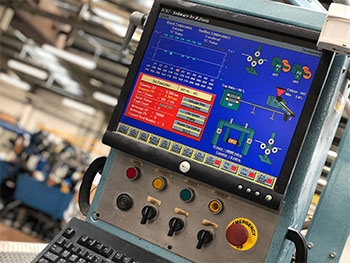
To secure the economic future of manufacturing, Rhode Island needs to train more white-collar workers to program and supervise the new machinery, Mello said. If those skills don’t come from the old guard, they’re going to come from kids who have grown up digital.
“Very young children, even kindergarten-age, already have technology skills,” he said. “They’re comfortable with technology and they’re getting prepared indirectly for the technical jobs of the future.”
“Ultimately, manufacturing will never die,” he said. “Every single consumer product you use had to be manufactured. Your coat was manufactured, your ink pen, your water bottle, your cell phone. I don’t see any reason why Rhode Island can’t have a vibrant manufacturing economy. The industrial revolution started in southeastern New England. There’s no reason it can’t be brought back.”
